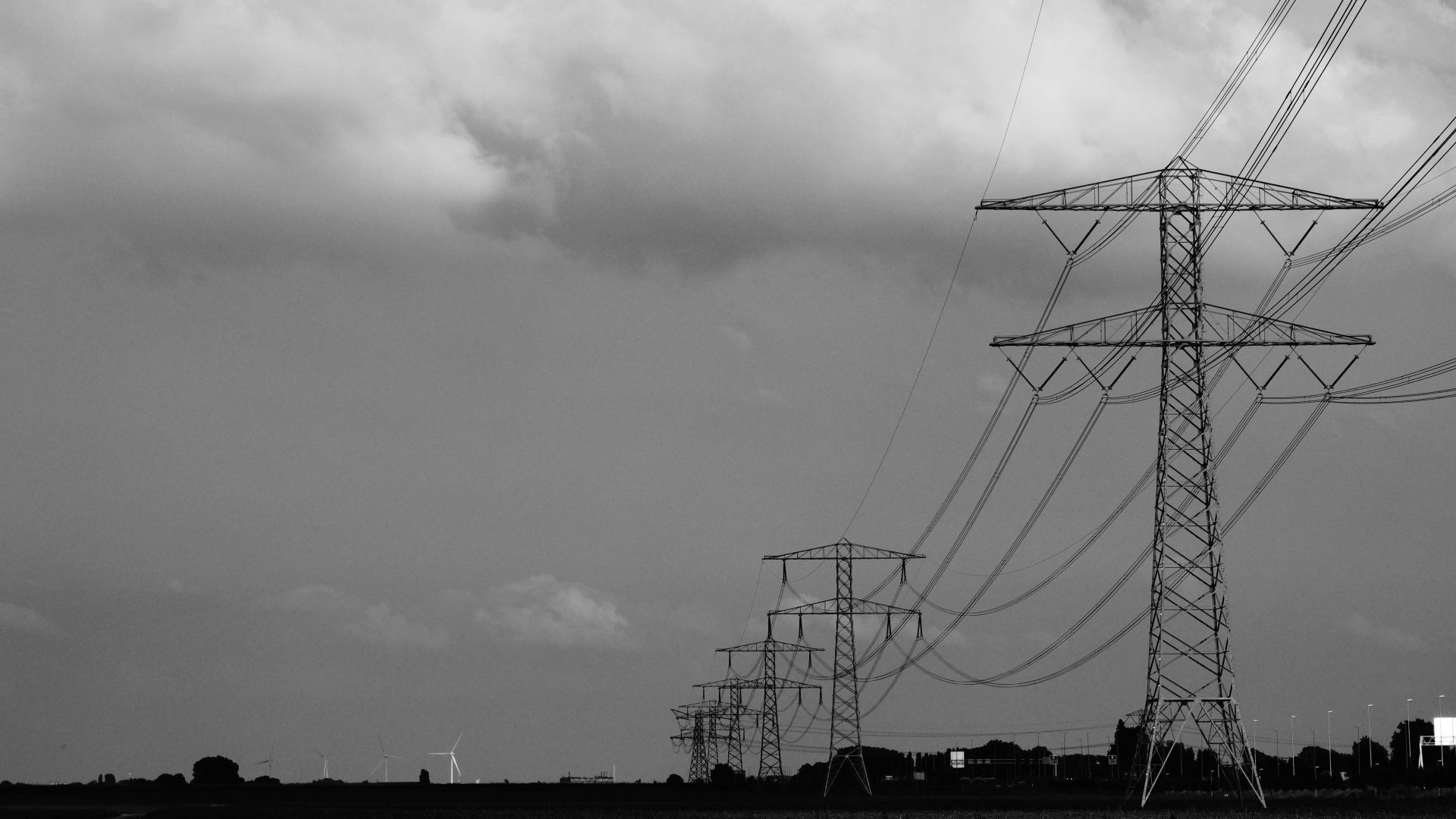On May 7, 2025, the Southern Renewable Energy Association (SREA) filed a motion for leave to answer at the Federal Energy Regulatory Commission (FERC) in response to a filing made by MISO South utilities—Entergy, CLECO Energy LLC, and Cooperative Energy—in support of MISO’s Expedited Resource Addition Study (ERAS) proposal. While ERAS has received support from these MISO South utilities, SREA is critical of the potential impact on the affordable expansion of renewable energy resources and consumers.
Competitive Advantage and Load-Serving Entity Preference
SREA has been critical of the ERAS proposal since its inception in November 2024, when it debuted at a MISO workshop. The purpose of ERAS is to provide an expedited interconnection process much faster than MISO’s current process, which has experienced delays in recent years. While MISO’s March 17 filing for ERAS aims to expedite generation resources tied to near-term resource adequacy issues, the proposal primarily supports new large load customers and load-serving entities (LSEs). This preference for LSEs has been part of the proposal from the beginning, with the inability for independent power producers (IPPs) to submit projects being a key feature.
Although MISO expanded options for IPPs to participate in the final ERAS proposal, the three available options pose significant barriers:
- Providing a Signed Power Purchase Agreement (PPA) on Entry: IPPs could submit a project with a PPA from a large load customer, but the project costs would be uncertain. FERC highlighted this in Order 2023, noting that using a PPA to validate project readiness could lead to unjust and unreasonable rates, as it might require purchasers to restart procurement or over-procure as insurance against contract termination, which could harm reliability and increase costs.[1]
- Build-Own-Transfer (BOT) Arrangement: This allows IPPs to sell their project to an LSE, but it requires transferring ownership of the asset. Since an LSE has more leverage to submit projects into ERAS, they could offer terms that are not workable for an IPP.
- Agreement with Load: Similar to option one, IPPs cannot accurately estimate their upgrade costs before going through the interconnection process. While a load customer might agree to some flexibility, a Relevant Electric Retail Regulatory Authority (RERRA) likely would not, as regulators aim to limit costs for consumers. The RERRA’s role is to attest that a proceeding is ongoing regarding the need, and the load must fulfill deposits, site control, and commercial readiness requirements under ERAS.
The barriers for IPPs limit the diversity of generation solutions competing for contracts with large load customers. Because LSEs can access ERAS more easily and receive faster interconnection agreements with all-inclusive costs, they hold a clear competitive advantage. The filing from the MISO South utilities suggests that there is a level playing field because multiple paths exist, even if they are unworkable. They state, “The relevant fact is that MISO has provided a path forward for any applicant that has a generating resource linked to a customer, where the RERRA recognizes that linkage.” However, given how these options are constructed, it’s more likely that a RERRA will not recognize that linkage.
Regulatory Processes Differ Across MISO
Under MISO’s ERAS proposal, a new interconnection submission requires an attestation from regulators that a resource is being considered in a formal proceeding where decisions about generation resources are made. In the MISO South utilities’ filing, they state that protestors against ERAS “seem to ignore the fact that it is the RERRA alone that can provide the written certification.” In MISO South, this includes two RERRAs—the Arkansas Public Service Commission and the Mississippi Public Service Commission—where new legislation has effectively greenlit requests to serve new large load customers without RERRA approval. In Arkansas, SB 307 allows a 90-day challenge period, but challenges are unlikely to succeed because of the definition of “public interest” as it applies to large load facilities. In Mississippi, SB 2001 lowers standards, allowing utilities to approve new large load customer agreements without PSC approval and recoup costs from ratepayers while facilities are under construction. In either case, the regulator’s attestation is not the result of a thorough review of costs and reliability risks associated with large load customer agreements.
Are MISO South’s Reliability Experts Ready?
The rise of AI and the proliferation of new data centers across the U.S. have increased demand on the grid. The North American Electric Reliability Council (NERC), North America’s leading reliability expert, recently established a Large Loads Task Force (LLTF) to assess the reliability impacts of large energy consumers—such as data centers—that may trip offline unexpectedly. Losing significant demand suddenly can cause widespread issues. ERCOT, Texas’s reliability coordinator, noted in an LLTF presentation that “new types of large loads want to interconnect in less than two years. Traditional planning processes cannot prepare the grid to serve this new load reliably.”
MISO’s ERAS proposal raises questions about whether planning needs are being met. ERAS proposes to use separate models of the transmission system: the Definitive Planning Phase (DPP), which considers projects in the interconnection queue, and the Transmission Expansion Plan (MTEP), which includes projects with interconnection agreements and associated upgrades. The South utilities claim that opponents overreact, asserting there’s no basis to suggest existing projects in the DPP will be harmed if ERAS projects use available transmission headroom. However, in ERAS, the first project to obtain an interconnection agreement will secure transmission capacity, which will not be available to projects in the main queue. This could lead to additional upgrades and higher costs, which would be assigned to load across the territory rather than to specific interconnection customers.
This concern is credible. In recent years, large transmission projects have emerged after the interconnection process, such as the $406 million Cypress to Legend line in Southeast Texas, identified in 2024 to address reliability issues related to the Orange County Advanced Power Station. These upgrades, which were not part of the original project’s costs, are now paid for by ratepayers.
While overflow of transmission needs is not common, the ERAS proposal’s use of two different modeling processes—one limited in scope and focused on rapid project approval versus the comprehensive DPP—could exacerbate problems. This might lead to inadequate planning and increased costs for consumers.
Solutions Exist
ERAS is likely to complicate grid planning and reduce competition in MISO states if approved by FERC. However, MISO’s provisional generation and transmission planning processes offer potential solutions to mitigate these issues.
One approach is to enhance coordination between the ERAS process and the existing DPP. Integrating these models more effectively could help identify transmission needs early and prevent costly upgrades after projects have already committed to the faster ERAS timeline. Additionally, establishing clearer criteria for regulator attestations—ensuring they are based on thorough cost and reliability assessments—would help prevent projects with insufficient planning from progressing.
Another potential solution is to implement safeguards that ensure transmission upgrades are allocated fairly and transparently, with costs directly assigned to the projects or load responsible for the upgrades. This would help avoid situations where ratepayers are burdened with unexpected costs due to inadequate planning or system overflow.
Finally, fostering greater transparency and stakeholder participation in the planning process—especially regarding large load interconnections—can lead to more reliable and cost-effective grid expansion. This includes requiring comprehensive reviews from regulators, even in states with legislation that streamlines approvals, to ensure that reliability and affordability are maintained.





